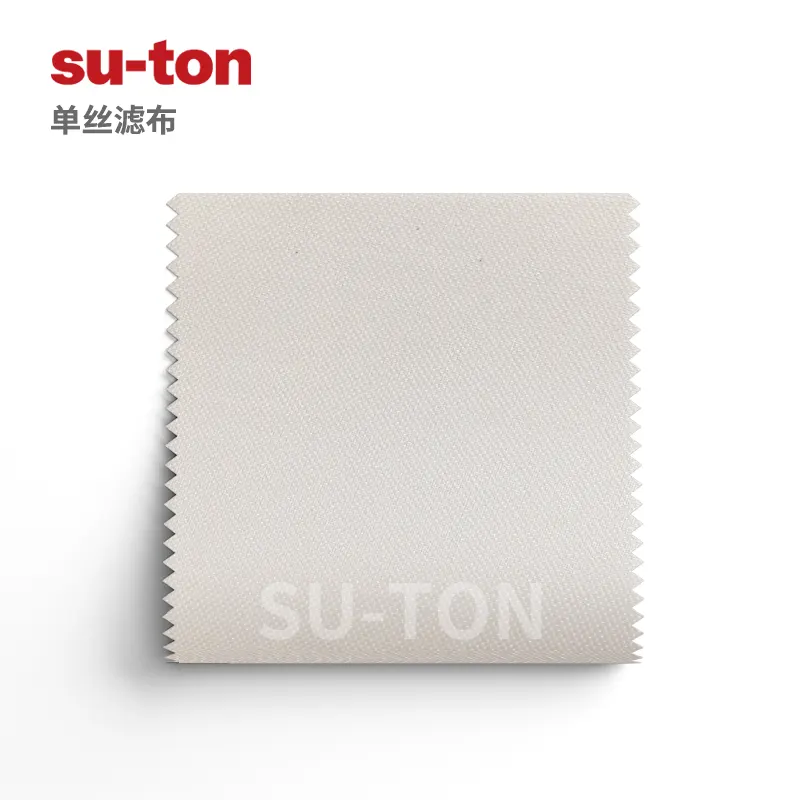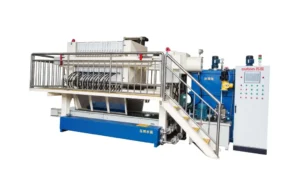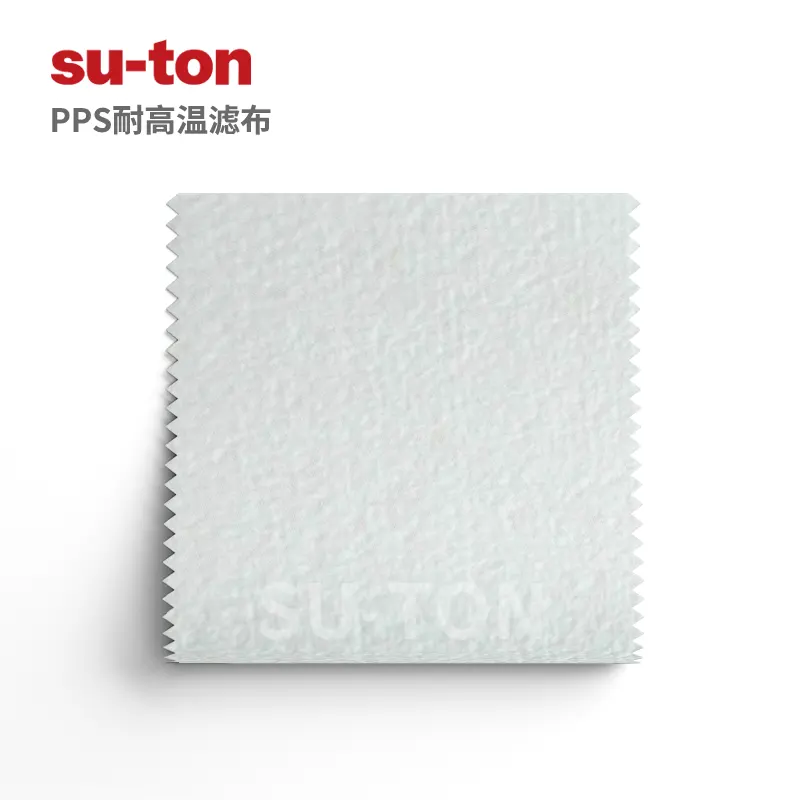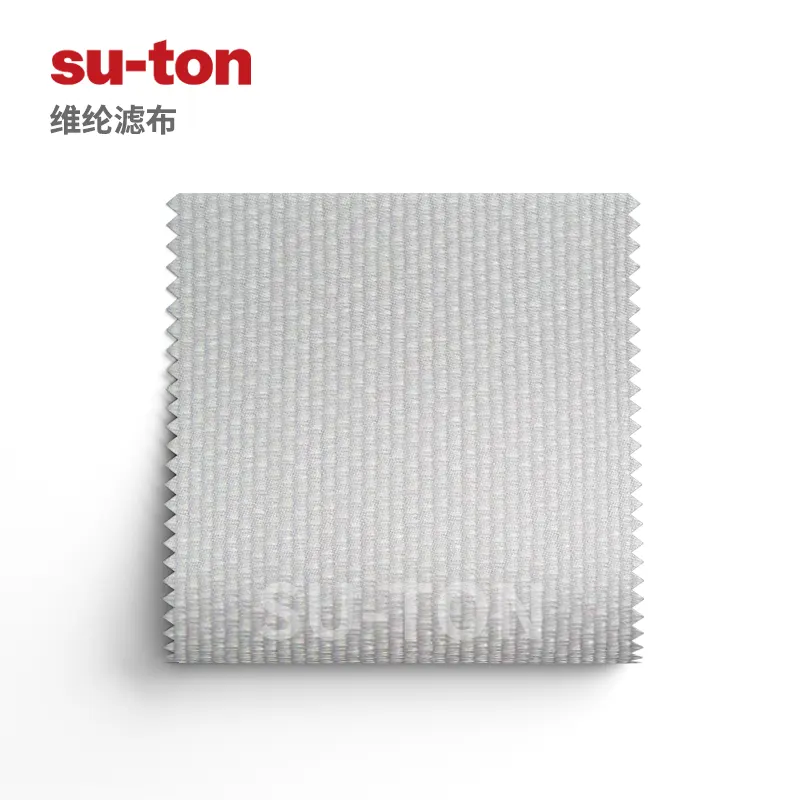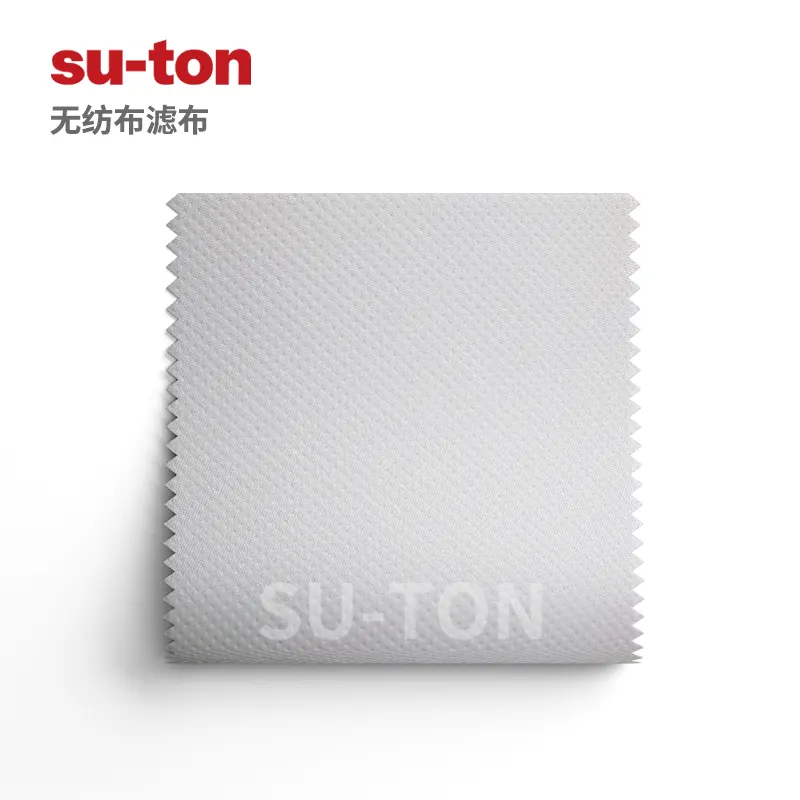monofilament filter cloth
Monofilament filter cloth as a new type of high efficiency filter cloth. Conventional monofilament filter cloth is generally made of nylon (PA), polyester (PET), polypropylene (PP) and polyethylene (PE) monofilament weaving. However, conventional filter cloth has poor heat resistance and cannot be used for a long time at higher temperatures, has a very short life span, and is basically unusable at high temperatures of more than 180℃.
monofilament filter clothIt can be seen from the name, monofilament refers to a single wire, that is, the warp and weft are made of a single wire, so the monofilament filter cloth is not easy to be blocked, strong, and long-lasting, etc., and it is mostly used in bag, candle filter, airtight filter, press and other equipments. Moreover, monofilament filter cloth is shaped by high temperature, not easy to deform, and has high stability, the service life can reach several times of the general filter cloth, which is well received by the majority of manufacturers of filter presses and praised.
Improvement of monofilamentfilter clothThe service life of the equipment is extremely important for the operational efficiency and cost reduction, to be used for a long time at higher temperatures, the fibre material of the filter cloth can not deteriorate the mechanical properties at high temperatures, to prevent the filtration pressure drop increases, so it is necessary to choose the appropriate high temperature monofilament filter cloth to prevent chemical erosion and physical damage. High-temperature monofilament means monofilament with the performance of being able to withstand high temperatures above 180°C. It can be used continuously without decomposition and retains its main physical properties.
With the progress of science and technology and the enhancement of people's awareness of environmental protection, the prevention and control of air pollution, especially waste incineration, metallurgy, iron and steel, power generation and other industries, high temperature soot filtration is attracting more and more attention. Monofilament filter cloth has the strongest resistance to clogging, in addition to the smooth surface of the fibres, the fundamental reason is that this filter cloth does not have fine pores between the fibres, the media pores of the pore size range is narrow. Monofilament filter cloth is one of the most effective measures to reduce the clogging of the filter cloth, extend the filtering cycle of the filter cloth and improve the filtration index.
Advantages of monofilament filter cloth
1、Single synthetic fibre weaving, strong, not easy to block, there will be no yarn breakage.
2、Surface by heat-setting treatment, high stability, not easy to deform, uniform aperture.
3. Monofilament filter cloth with calendared surface, the surface is smooth, the filter cake is easy to peel off, and the filter cloth is easy to clean and regenerate.
The use of monofilament filter cloth increases productivity, saves costs and brings higher value to the business.
Industrial filter cloth performance indicators
| Performance | polyester | nylon | polypropylene fiber | (loanword) vinylon, synthetic fiber made from polyvinyl alcohol |
| Acid resistance | vigorous | mediocre | favourable | acid-intolerant |
| Alkali resistance | alkali-resistant | favourable | vigorous | alkali |
| Electrical conductivity | poorly | preferably | favourable | usual |
| elongation at break | 30%-40% | 18%-45% | Larger than polyester | 12%-25% |
| Resilience | an excellent | At 10%, above 90% | Slightly better than spandex | mediocre |
| Abrasion resistance | an excellent | an excellent | (of an unmarried couple) be close | preferably |
| Heat Resistance | 170 °C | 130 °C Slight shrinkage | 90 °C slight shrinkage | 100 °C Shrinkage |
| Softening point | 230 °C -240 °C | 180 °C | 140 °C -150 °C | 200 °C |
| Melting Point | 255 °C -265 °C | 210 °C -215 °C | 165 °C -170 °C | 220 °C |
Application of monofilament filter cloth
In the field of filtration, there are environments that require filter cloths with high filtration speeds and long life. It is suitable for continuous production. Monofilament filter cloth has high strength and good dimensional stability, so the quality of filtration is easy to control; on the other hand, the surface of monofilament is smooth, so it is easy to peel off the filter residue to improve the continuous service life. At the same time, monofilament and staple fibre, compared with the compound filament, the specific surface area is small, and the contact area of the working material is small, which will be conducive to maintaining the resistance to chemicals and hydrolysis and other typical properties of certain polymers to reduce the environmental erosion of the filter cloth, improve the wear resistance of the filter cloth. Due to the synthetic monofilament fibres have toughness and memory function, repeated bending will not process hardening and fatigue; compared with the metal filter cloth, monofilament filter cloth can be bent or flattened and less damage, and the chemical stability of the metal wire cloth has limitations, so you can use monofilament filter cloth to replace the metal wire cloth monofilament filter cloth than the metal wire cloth is also much lower in cost and the quality of the relatively lighter.
Monofilament filter cloth is mainly used in alumina, phosphate fertilizer industry, cement, smelting, chemical industry, chemical fibre and other continuous production environment, non-ferrous metals such as zinc oxide, cobalt oxide, alumina, potash, nickel and cobalt ore, manganese ore and other minerals Smelting, dyes and chemical industry, coal mining and other industries.
Contact Us
Sales:181-181-000-11
Selection:188-517-18-517
Mailbox:suton@su-ton.com
 Plate and frame chamber diaphragm filter presses
Plate and frame chamber diaphragm filter presses

